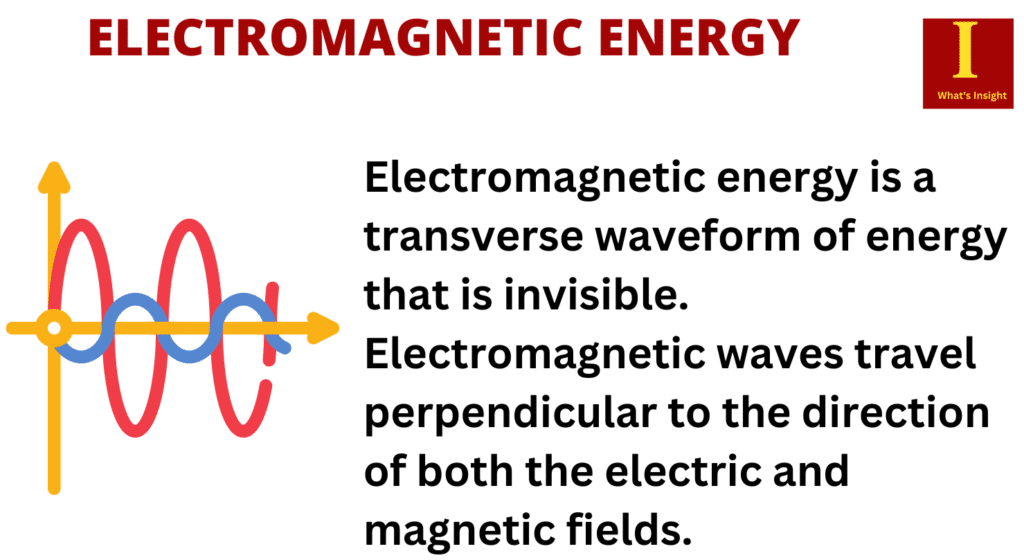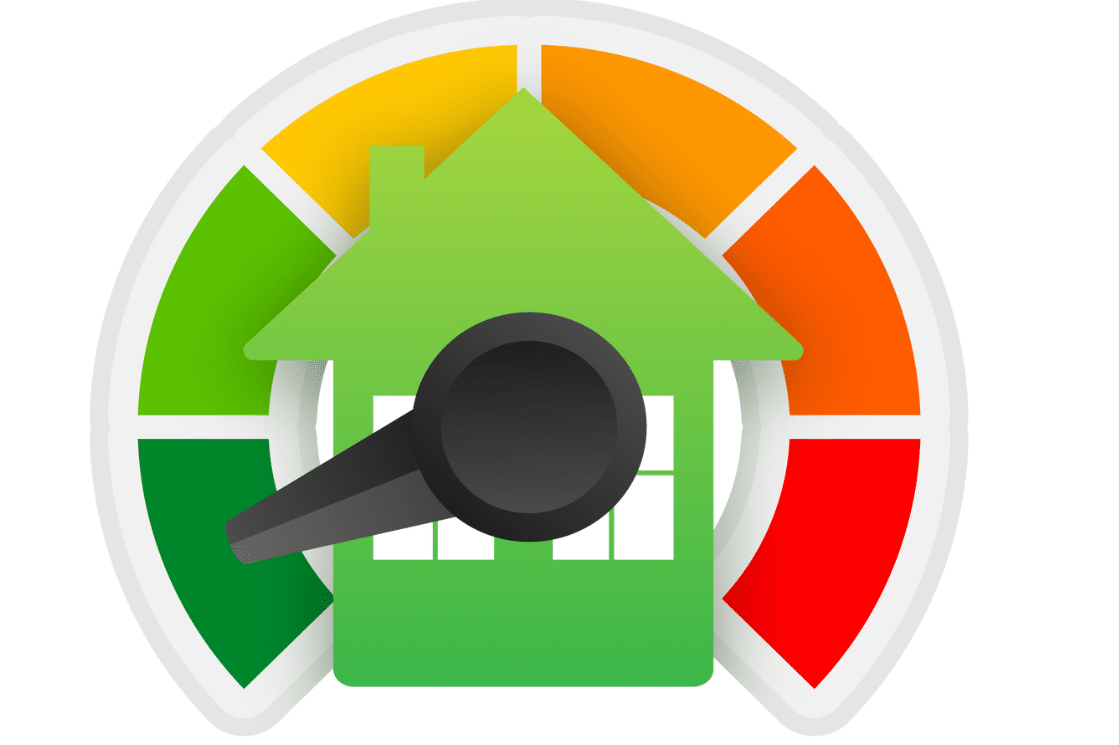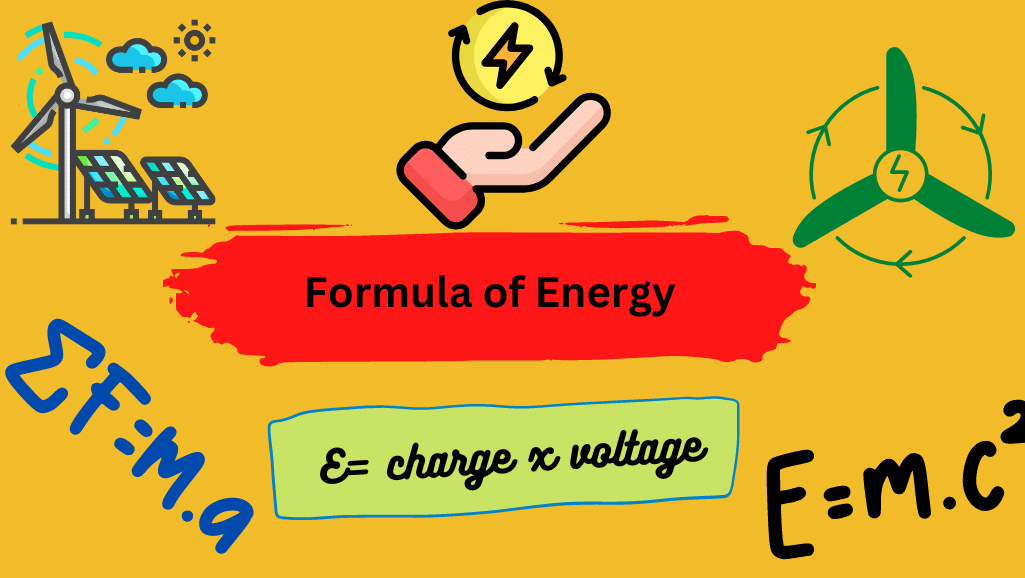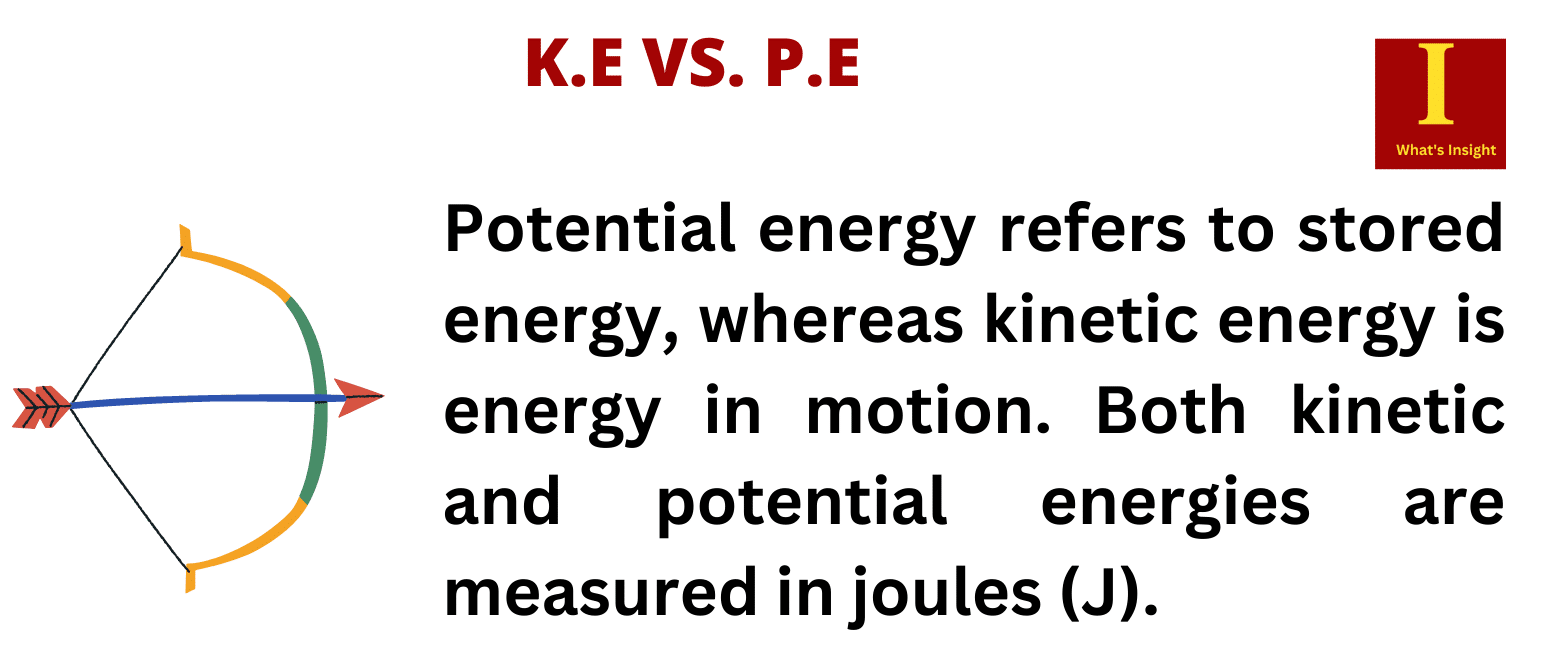Electromagnetic energy is a transverse waveform of energy that is invisible. It is the only type of energy in our universe that does not require a medium or matter to travel on or through. As a transverse wave, electromagnetic energy can travel through empty space. Light energy is a simple example of electromagnetic energy.
Keep reading to know what are electromagnetic radiations, examples of electromagnetic energy, and the importance of electromagnetic energy.

Electromagnetic waves are produced as a result of a periodic change in an electric or magnetic field. They are emitted by an electrically charged particle that is being accelerated. These waves travel perpendicular to the direction of both the electric and magnetic fields.
Electromagnetic waves have a wide range of practical everyday applications, including cell phone and radio broadcasting communication, WiFi, cooking, vision, medical imaging, and cancer treatment.
Light is a type of electromagnetic energy. Since electromagnetic waves have shorter wavelengths than infrared or radio waves, they have a higher frequency—and therefore more energy.
Table of Contents
Electromagnetic Energy Examples
- Light energy
- microwaves
- x rays
- radio waves
- gamma rays
- Infrared ray
- Radar waves
Summary
Electromagnetic energy is radiant energy that travels at the speed of light in waves. It is also known as radiant energy, electromagnetic radiation, electromagnetic waves, light, or radiation movement. Heat can be transferred using electromagnetic radiation.
More Links
- BCl3 Lewis Structure in four simple steps - November 1, 2023
- PH3 Lewis Structure in four simple steps - October 8, 2023
- PF3 Lewis structure in four simple steps - September 24, 2023



